Paul Spring's Hope Remains Eternal
Chasing up a missed connection to discuss his life in music, and a beautiful new album: Always Almost Home
I met Paul Spring once, by happenstance, on the G train. In November 2019, we were both stepping off at the seldom-used 21st Street Station in Queens. I recognized Paul instantly as the singer and guitarist of Holy Hive, a band that I had developed an infatuation with during those early months in New York. I had seen them play a show just days prior, in the cramped back room of Sunny’s, a bar in Red Hook. I blurted out my recognition to Paul, “hey you’re in Holy Hive.” If he was taken aback, it wasn’t let on. He seemed kindly amused. We talked all the way out onto the cold Long Island City sidewalk and then parted ways, assumedly forever.
In Paul’s living room, in a distinctly different part of Queens, he still thinks I’m the only person to ever recognize him in public. It’s November again, four years later, and a mutual connection has brought us back together. We’ve just come down from his roof after watching the sun set behind the full expanse of Manhattan. He brings me to the back room of the apartment for a quick hello to his wife, the artist Sophia Heymans, who is at work on a canvas and listening to Lucinda Williams. Paul has just released a new solo record, Always Almost Home, a few days prior. In our correspondence before my visit, I had confirmation of what I suspected: Holy Hive is no longer together.
The band had started in the mid 2010s as a collaboration between Spring and drummer Homer Steinweiss, who had played in the Dap Kings as well as The Arcs. In May 2019, Holy Hive released its debut EP, Harping, on the cult Brooklyn label Big Crown. By the end of that year, I was already hooked, an evangelical even. I employed my secret knowledge of Holy Hive in an attempt to impress anyone in my orbit, platonic and romantic alike. I cling to the memories of seeing them play live, so special and so fleeting.
Regarding the end of the band, Paul is not overly sentimental. It was a short run, but a good one, he says. It fizzled out during the pandemic, a period of time that simply moved people in different directions. Paul notes with pride that the band existed during a fertile period for Big Crown, when labelmates like Lee Fields, Lady Wray, and The Shacks were all releasing defining work but could not be easily categorized together. Big Crown’s output was defined by a tight circle of producers and players, whose shared devotion to an old-school analog approach to recording became a trademark for the label itself.
Paul’s earlier solo work is defined by its sparse beauty, like the 2018 instrumental Sleeper, a masterclass of mood and texture wrought solely from the six strings of his guitar. Last year’s Thunderhead indicated a stretching ambition to make his songs hold more movement. He built complex rhythms on programmed drums and inflected the tracks with wind instruments throughout. The result is a striking piece of work, perfectly encapsulated by Heymans’ painting which serves as the album artwork and also hangs in the couple’s kitchen. Thunderhead is a plot of land, and Paul chose to plant an array of themes in it: spirituality, darkness, longing, baroqueness, nature. This plot has borne fruit in the form of Always Almost Home, and it’s also the product of Paul issuing himself a direct challenge: compose an entire album’s worth of songs without using the guitar.
By stripping away his primary instrument, Paul found himself with the freedom of forming songs in an entirely new way. He would write from the voice first, often walking around his neighborhood singing aloud or over a drum loop and just writing the words down as they came to him. He admits that anyone witnessing this creative act may have deemed him out of his mind, but despite any perceived lunacy from his neighbors this new form of composing was a revelation for Paul - an escape from the confines of a guitar-based melody. It wasn’t an easy switch, though, especially for someone who admits to being quite critical of his own work. Paul recorded 36 songs in the course of making AAH, which features only a chosen 11. “Eyes Closed Now,” arguably the album’s high point, went through about 20 different versions before it was complete. Paul tried styling it as a bossa nova track, then a reggae track, but these iterations felt put-on. The answer came in collaboration with his friend, the musician John Nellen, who is credited under his alias SEN108. Paul had the epiphany on one of his compositional walks, while he happened to be listening to “Luvyu”, a track from Nellen’s EP4. Its propulsive energy unlocked the path forward, and he sought out Nellen's help to complete the final version.
Seated across from Paul at his dining table, I remarked on the frequent “danciness” of the record, and wondered if he had any trepidation in making dance music. As a soft-spoken Bach aficionado from Minnesota, one wouldn’t necessarily assume it’s in his oeuvre. He admits that until recently, he’d been somewhat turned off by the genre, particularly the type of pouding four-on-the-floor kick drum found in house music. He credits a surprising source for his turnaround: New York City Councilmember Chi Ossé.
Paul and Chi met in June 2020, at a protest against police brutality in the aftermath of George Floyd’s murder. Born and raised in Brooklyn, Chi had started working in nightlife promoting before the pandemic moved him toward organizing, as a founder of the collective Warriors in the Garden. Ossé saw a bid for city council as a way for an ordinary citizen to have a say in how the city spent its budget, namely how much would be allocated to its police force. On Juneteenth of that year, Chi announced his campaign for City Council and asked Paul, who had never worked in politics before, to be his campaign manager. They won, and Chi was re-elected this year, running unopposed.
Through his friendship with Chi, Paul claims that he has come around on dance music through sheer exposure. His decision to create it was an endeavor of its own. I’ll admit when I got to the second track of AAH, “Break Away,” I was thrown by the beat - programmed drums and vocal samples. It seemed to go against the grain of a certain sensibility I had pinned on Paul. He admits that entering the new sonic territory was not an immediate success. Some of his early demos sounded like “someone had tried to make an Avicci-style remix of an Irish ballad.” The awkwardness did not deter him, and in fact it was the sans-guitar process that allowed him the grace to continue. His novel writing method required a lot of moving around, and so the music needed the energy to match it. He remembers that when he was starting to finally find the groove in Always Almost Home, while recording in his home studio, parallel inspiration was being found in the next room over: Sophia was working on a dance-inspired series of paintings and likewise finding herself rapt by movement-oriented music.
I have spent a great deal of time with Almost Always Home this month and keep finding little treasures within its folds. So much of its power rests on Paul’s voice - a bold, clear, and delicate sound. On a Holy Hive track, like “Oh I Miss Her So”, his falsetto is like a finger around the rim of a glass. Never too much pressure but never so meek. That’s not to say he’s lost his grip on AAH, but there is a welcome loosening of the reins. He’s indulging a pop sensibility, leaning into a hook on “Go Getter”, softly stepping across his own chopped-up choral vocal sample. On the synthy, bubbling “Losin Control”, he is crooning and coaxing, poking at the potential thrill of accepting the song’s title as a prompt. And on the album’s closer, “Karma Come Over”, he calls out to the eponymous form of destiny: fill up this cup of mine / make it runneth over / you know I’ve done my time. Perhaps a dubious invitation, or an ironic one. It reads like a fable, but the song has a determined stance. Finger off the rim of the glass, grasped fully in the hand now.
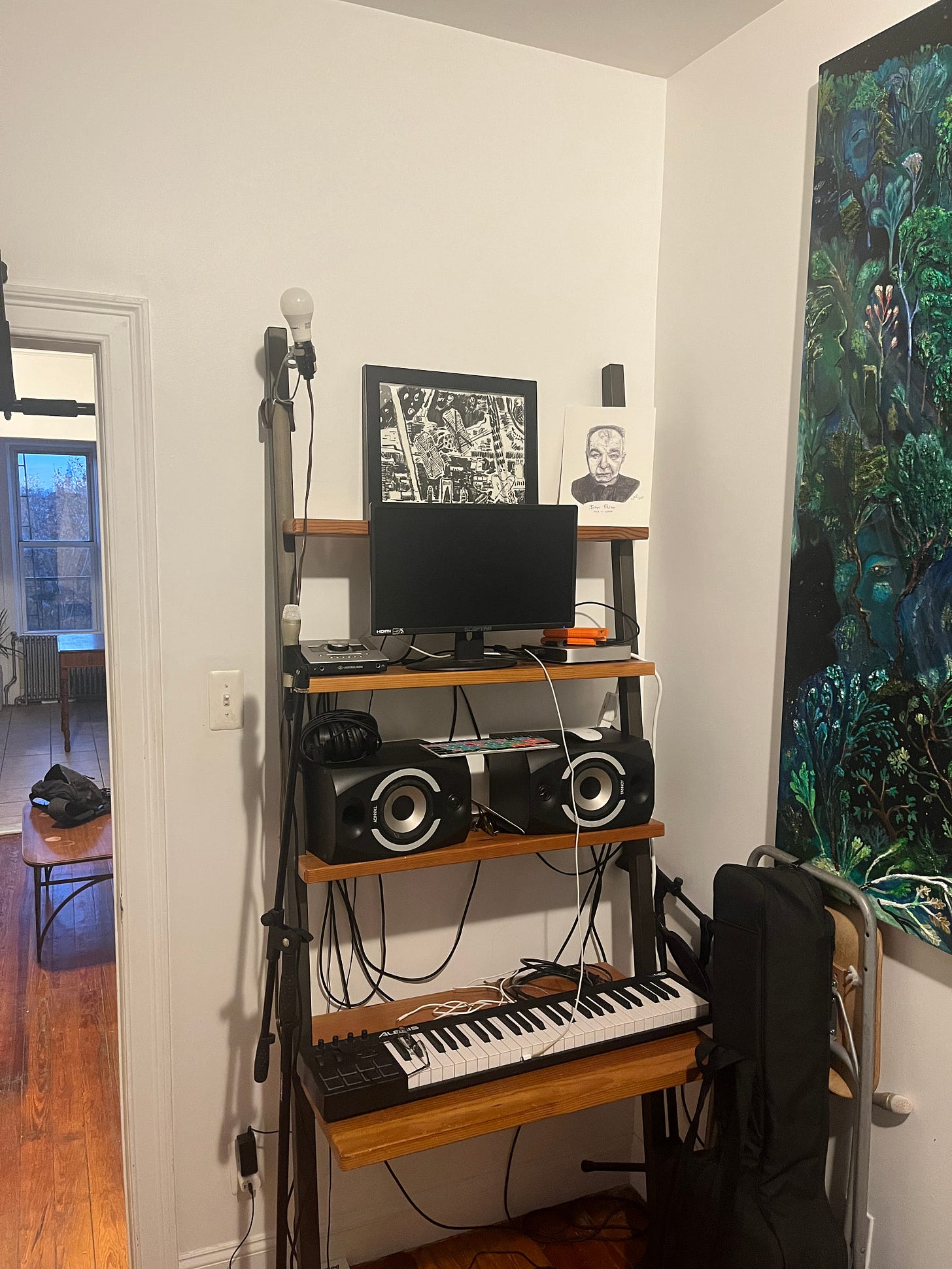
Before I left Paul’s hospitality I wanted to get his thoughts on the subject of last month’s Mushmouth: the state of labor in music. His intersecting experiences as a songwriter, performer, and audio engineer have given him a unique view on the matter, not to mention his more recent foray into politics. He didn’t hesitate to pinpoint a symptom of the greater affliction gripping the industry: there is a lack of agreement around the idea of sharing in the creative process. At Diamond Mine Studios, where he worked during the Holy Hive years and after, the standard practice is that any musician in the room receives equity in the work that is ultimately recorded. This is not an uncommon approach but there are no real rules to enforce this type of profit-sharing. All too often, especially amongst “bigger names", the idea of cutting in the session players on a recording goes ignored. In Paul’s view, this systematic selfishness has done great harm to the potential for musicians to organize collectively. For that to happen on an effective level, there has to be a change in feeling, as he puts it. Right now, many music workers feel desperate and scattered. The imperative is to survive and get by. But if these hearts and minds can be changed, as Paul believes they can, then the real work toward a more fair and equal music industry can begin.
Paul likens the struggle against the industry to that of a solitary fighter facing a thousand-headed Hydra, each gaping maw another problem to be fixed: streaming royalties, merch cuts, performance fees, inflation. He remains passionate and grateful; he clearly loves what he does but speaks with the distinct weariness of someone who labors in a world designed to diminish every possible return therein. But he does not let himself wallow, nor does he seem daunted. Perhaps it's his even-keeled Midwestern nature. Perhaps it’s the fact he helped elect a 23-year-old to New York’s City Council. Perhaps it’s just the resilience required to be an artist in the year 2023. Whatever it is, I’m grateful for Paul’s music, that he continues to make it. And I’m glad that whoever designed the G Train decided it needed to stop at 21st Street in Queens.
This month’s playlist is a seasonal one, made by Paul himself. It’s a great mix, with a few notes of inspiration from Always Almost Home tucked in there. Enjoy!


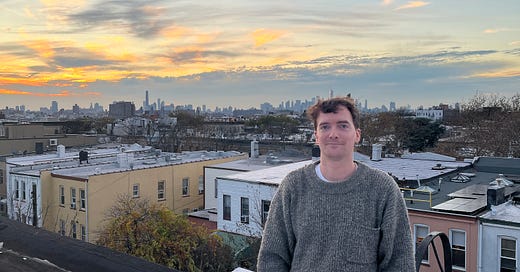



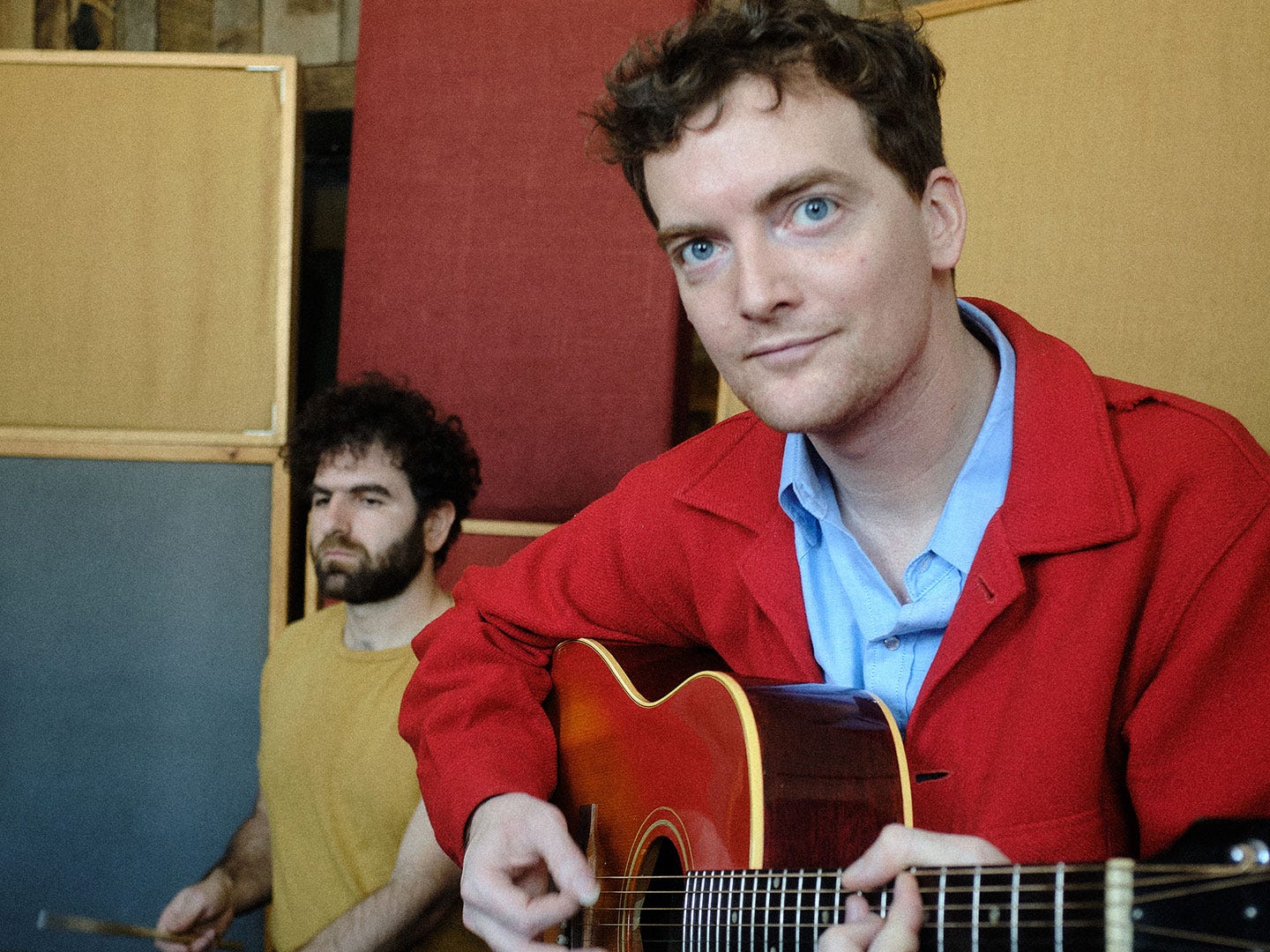
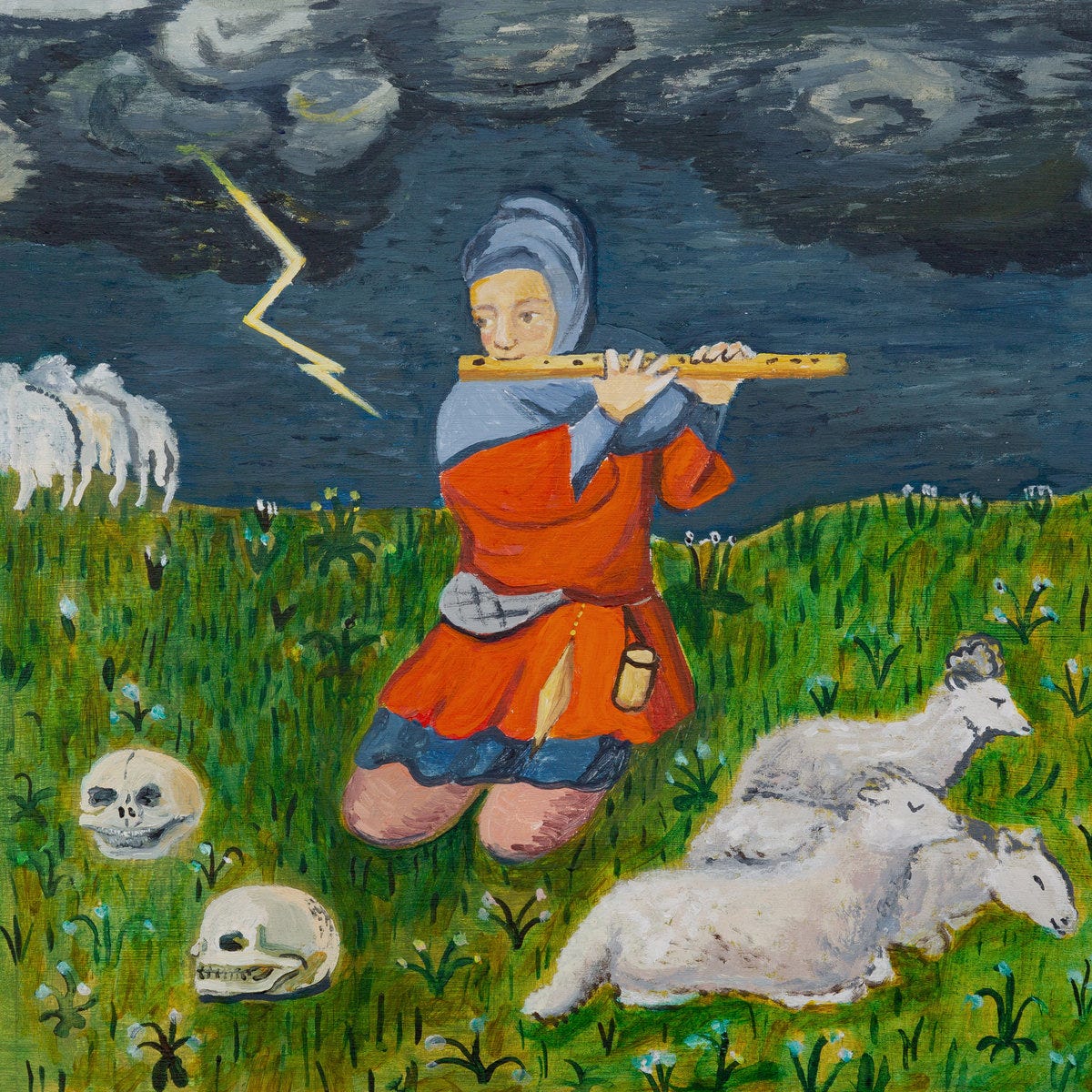
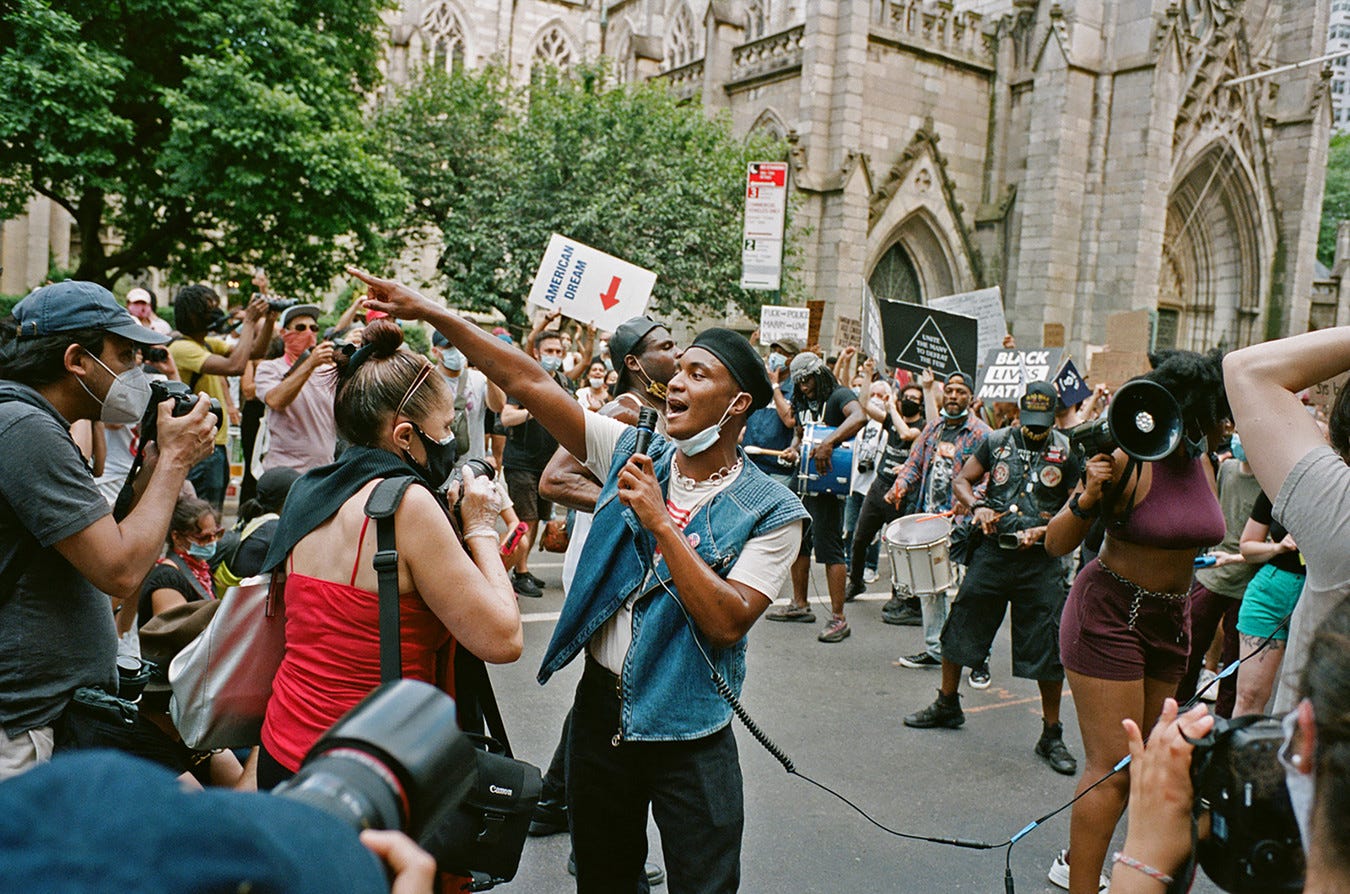
got me looking up fancy works like "oeuvre"